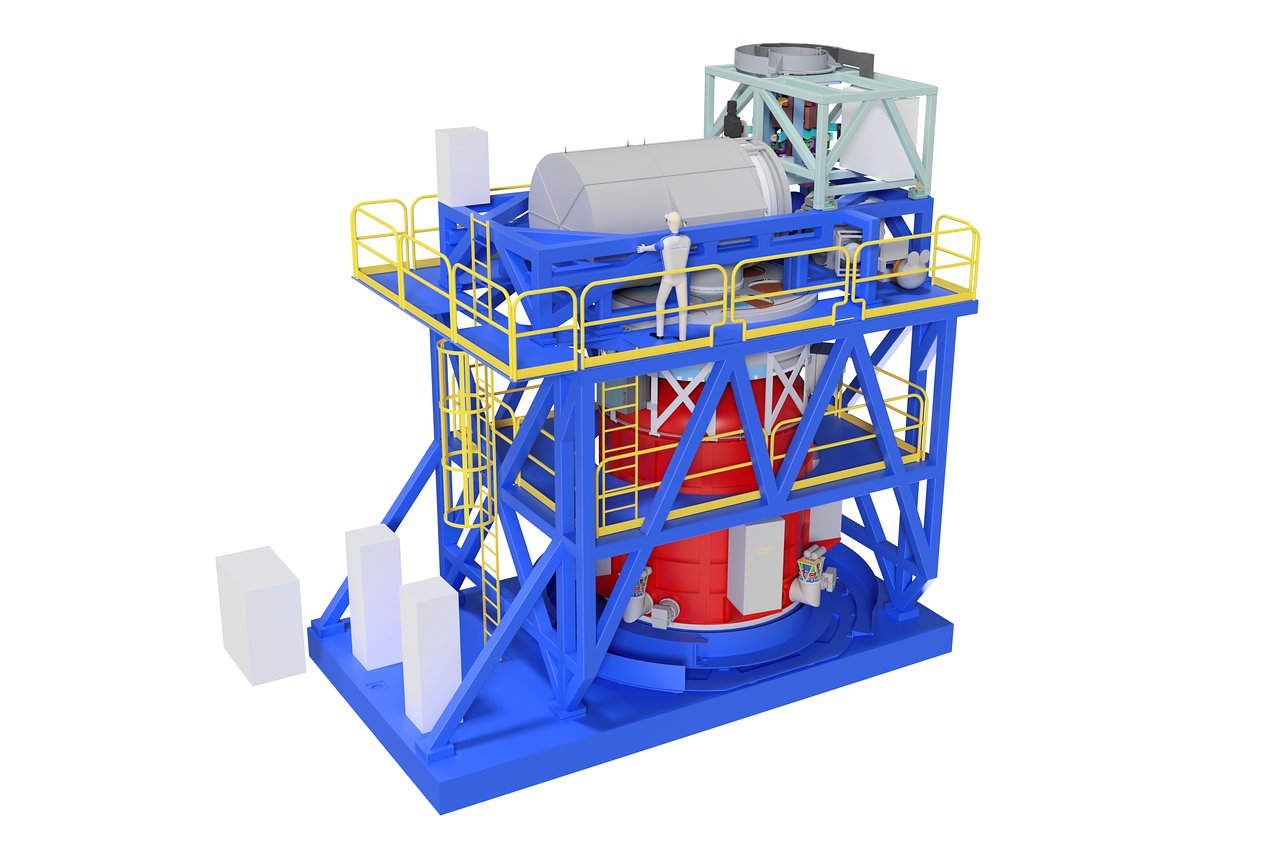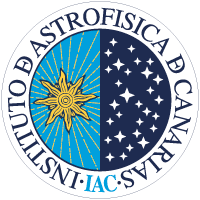Presentation
HARMONI is a visible and near-infrared (0.45 to 2.45 µm) integral field spectrograph, providing the ELT's core spectroscopic capability, over a range of resolving powers from R (≡λ/Δλ) ~ 4000 to R~20000. The instrument provides simultaneous spectra of ~32000 (8000) spatial positions arranged in a rectangular field. HARMONI provides four spatial scales, allowing the user to optimally configure the instrument for a wide range of science programs (ultra-sensitive, diffraction-limited or spatially resolved, physical, chemical, and/or kinematic studies of astrophysical sources). The coarsest scale is suited to seeing limited observations and the finest is Nyquist sampling the diffraction limit of the ELT at near-infrared wavelengths. With its range of scales, HARMONI can easily adapt to adaptive optics (AO) systems; indeed it is designed to work with GLAO, LTAO, and SCAO, or even with no AO at all!
HARMONI is conceived as a workhorse instrument, addressing many of the key ELT science cases. It will exploit the ELT's scientific niche in its early years, starting at first light. At close-to-diffraction limited scales, it will capitalize on the D4 sensitivity gains of the E-ELT, providing unprecedented improvements in sensitivity and spatial resolution and transforming the landscape in observational visible and near-infrared astronomy. Even in seeing-limited conditions (or when AO cannot be used to provide high Strehl ratios), HARMONI provides impressive gains with respect to the current generation of VLT instruments, e.g. a gain of ~25 in speed relative to MUSE at the ESO-VLT. HARMONI will have a high complementarity and synergy with ALMA and JWST, with a similar angular resolution to the former and comparable sensitivity to the latter. HARMONI will be available as soon as the ELT enters into operation.
The Instituto de Astrofísica de Canarias (IAC) has been actively participating during its conceptual design phases (i.e. Phase-A and delta-A) as part of an International Consortium led by the University of Oxford (PI), and also formed by UKATC-Edinburgh, CRAL-Lyon, ONERA and Centro de Astrobiología (CAB-CSIC). The IAC contribution is about 15% of HARMONI’s development, mainly centered on its pre-optics and the control electronic of the whole instrument. HARMONI represents a unique scientific opportunity for the Spanish astronomical community, allowing access to the ELT as soon as it enters into operation via the guaranteed time. It also permits the Spanish technological centers and industry to participate in the development of this advanced instrument.

